Working With Landscape Fabric

by
Three Dogs in a Garden
(IC: blogger)
Landscape fabric. It is not a particularly pretty topic, but bear with me. I think this is a series of posts worth reading if you plan to create a courtyard or pathway.
I always loved the look of gravel pathways and courtyards. They seem very old-world and even a bit romantic to me.
This type of pathway also appealed to me as an affordable alternative to more expensive hardscaping with bricks or stone.
Though this method seems like a great way to suppress weeds, I have found that it is actually fraught with problems. It appears to work initially, but the benefits are short-lived.
Moving or dividing perennials will be more work than it would be in a conventional flowerbed. You'll have to rake away the surface covering (mulch, gravel etc.) and attempt to dig out the plant whose root ball will have grown well beyond the size of the original hole you cut into the landscape fabric.
Enjoyed the project?

Want more details about this and other DIY projects? Check out my blog post!
Published September 6th, 2015 4:23 PM
Comments
Join the conversation
7 of 11 comments
-
Landscape fabric has worked in our gardeni think I large part because of the lasagna method we use. Clear the area put downtowns of newspaper keeping it wet to keep in mind place then put down the plastic type of landscape fabric and stone. We do get debris and a few weeds but it's manageable and I use salt to keep things under control.
 Trixie63
on Sep 07, 2015
Trixie63
on Sep 07, 2015
- See 1 previous
-
-
Our yard was barren, and boring... so after a lot of research and design I came up with what I wanted that would require as little maintenance as possible... After I cut in the shape of flower beds - I put down newspaper - 6 to 8 sheets thick... Newspaper will kill grass/weeds anything that is growing... I then cut up large diameter irrigation pipe into 12 inch long pieces, and holes to put them in; putting plants inside the buried pipe - this prevents plants from running/wandering... thickly mulched over the newspaper up to lip of slightly exposed pipe edge... this was 3 years ago, and the yard is still beautiful... very little maintenance... rake mulch to freshen it up in spring, and pull an occasional weed that has started... not to mention the saving on water because you only need to water what is planted in the pipe; not all the area between the plants... If you are skeptical about newspaper - try it in a small area that won't be noticed. Put newspaper down with a brick or something on it - then go check on it in a month or so - grass will be dead, and or gone.
 Beth Harkless Hafler
on Sep 08, 2015
Beth Harkless Hafler
on Sep 08, 2015
- See 2 previous
-
@Beth Harkless Hafler That sounds like a great idea! I have trouble visualizing it..Does it look something like this? http://www.apartmenttherapy.com/tidy-perfection-buried-pot-garden-173428 I was thinking of doing this, so I am curious. Thanks!
 B. Enne
on Sep 08, 2015
B. Enne
on Sep 08, 2015
-
@B. Enne I checked out the link. I like the look of the buried pots, but you would have to replace the soil periodically in the pots or it would get exhausted. I think you'd also have to watch the plants in pots more carefully than if they were in the ground. Plants in pots would be more likely to dry out during periods of drought. The only thing is seriously question is the rubber tire mulch. I prefer to keep my garden more natural than that.
 Three Dogs in a Garden
on Sep 09, 2015
Three Dogs in a Garden
on Sep 09, 2015
-
@Beth Harkless Hafler I have used layers of paper to kill grass and find it works well. Planting in pipes sounds interesting. How do you add nutrients like compost?
 Three Dogs in a Garden
on Sep 09, 2015
Three Dogs in a Garden
on Sep 09, 2015
-




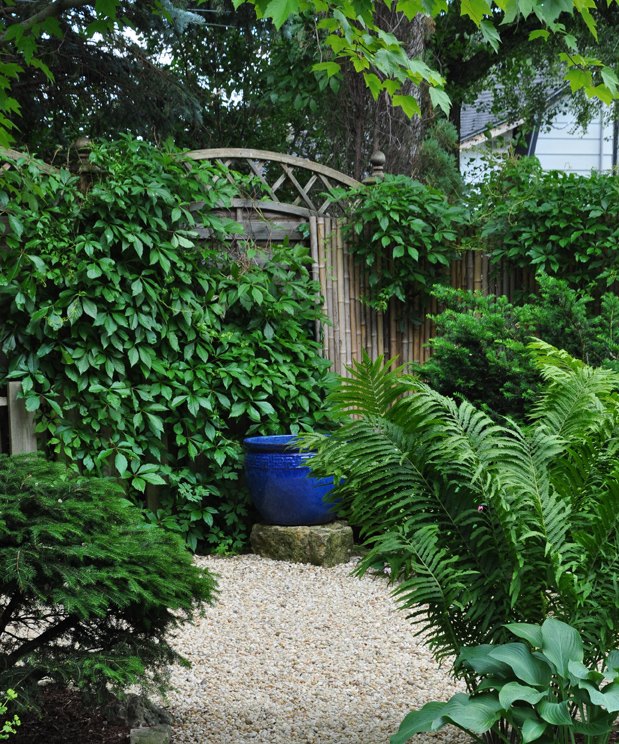










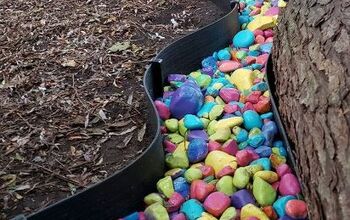
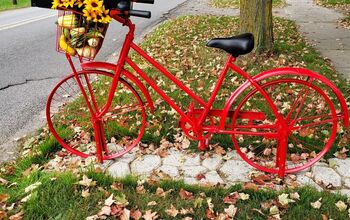
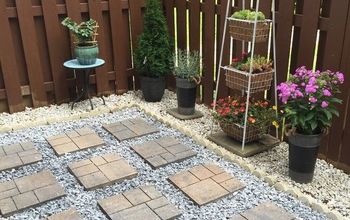


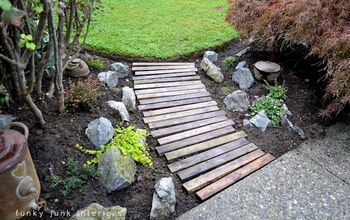
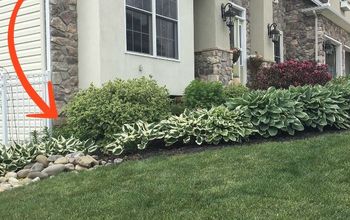



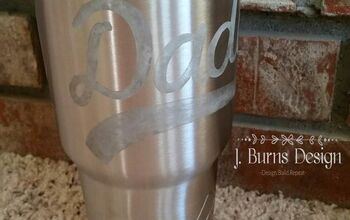





Frequently asked questions
Have a question about this project?